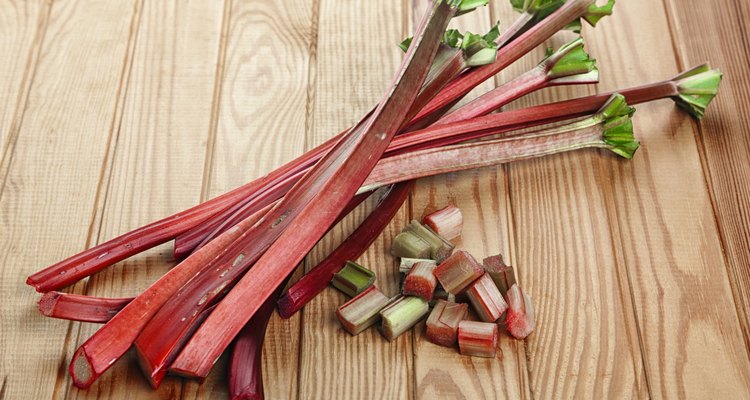
Oliver Hoffmann/iStock/Getty Images
Calcium and phosphorus are two major minerals essential for human health. They work together and are particularly important for building bones. Major food sources of calcium include dairy products, some vegetables, nuts and seeds and fortified foods. Phosphorus is widespread in the food supply and particularly rich in foods such as dairy products, meats, nuts, seeds, grains, beans and many snack foods. Few foods are calcium-rich but low in phosphorus. Examples of such foods include some fruits and vegetables, as well as certain soy products.
Fruits and Fruit Juices
Fruits are low in phosphorus, typically and the following choices offer less than 4 percent of the Recommended Daily Value (DV). Calcium and vitamin D-fortified orange juice is an excellent source of calcium, as it is highly absorbable. One 8 oz. glass provides approximately 300mg of calcium or 30 percent of the DV. Rhubarb is calcium rich. One cup of frozen, uncooked rhubarb provides 266mg calcium and 16.4mg of phosphorus. One cup of diced, raw rhubarb provides 86mg of calcium and 17.1mg phosphorus. A 1/2-cup serving of stewed figs (from dried) provides approximately 80mg of calcium, or nearly 10 percent of the DV. A 1/2-cup serving of dried figs, uncooked, are even higher in calcium, offering 120mg, or 12 percent of the DV.
Vegetables
Dark green, leafy vegetables are particularly calcium-rich but provide less than 50mg of phosphorus--or roughly 5 percent of the DV. One cup of cooked, chopped collard greens has a whopping 357mg of calcium, or more than 35 percent of the DV. One cup of cooked mustard spinach--also known as tendergreens--provides 284mg of calcium, or more than 25 percent of the DV. Cooked kale, from frozen--1 cup chopped--provides roughly 180mg of calcium while 1 cup of turnip greens, chopped and cooked, offers about 200mg of calcium, or 20 percent of the DV. A 1/2-cup serving of chopped or leaf spinach, cooked (from frozen) provides about 145mg of calcium, or nearly 15 percent of the DV.
Other Foods
Certain soy products are high in calcium but virtually phosphorus-free. Worthington Farms brand of meatless chicken--one slice or 55g--is considered a good food source of calcium, providing 150mg, or 15 percent of the DV, and no phosphorus. Three slices of the same brand of soy-based turkey slices (named 'turkee') provide 141mg of calcium and no phosphorus.
Typically, dairy products are rich in both calcium and phosphorus, but ice cream provides, on average, more calcium than phosphorus. A 1/2-cup serving of light vanilla ice cream, no sugar added, offers 100mg of calcium--10 percent of the DV-- but only 50mg of phosphorus, or less than 5 percent of the DV. Light vanilla and strawberry ice creams (with sugar) provide slightly more of each nutrient, 122mg of calcium, or 12 percent of the DV, making it a good food source of calcium, and about 80mg of phosphorus, or 8 percent of the DV, making it a poor food source of that nutrient. Chocolate ice cream is higher in phosphorus.
Related Articles

Fruits & Vegetables Rich in Potassium ...
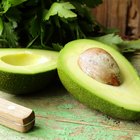
Fruits High in Zinc

Calories in Cheese Cubes

Food Sources of Betaine

Shelf Life of Frozen Foods

Types of Fruit Smoothies

A List of Foods That Contain Choline

Kiwis vs. Oranges

Peanuts Vs. Pistachios

Foods High in Fiber & Calcium
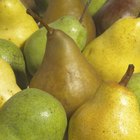
How Do I Prepare Pears for Freezing?
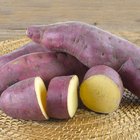
Difference in Sugar Content of Sweet ...

Beans Vs. Lentils

How to Marinate Strawberries

How to Make Elderberry Jam

Ledo Pizza Nutrition Guide
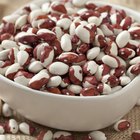
The Nutritional Value of Anasazi Beans ...
Is There a Loss of Nutritional Value in ...

How to Dry Blueberries in a Dehydrator
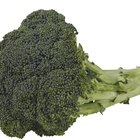
What Vegetables Have Citric Acid?
References
- "Nutrition for Foodservice and Culinary Professionals, 6th Ed"; Karen Drummond and Lisa Brefere; 2007
- USDA: National Nutrient Database
- NutritionData
Writer Bio
Michele Turcotte is a registered, licensed dietitian, and a certified personal trainer with the National Academy of Sports Medicine. She has more than 12 years of experience in clinical and corporate settings, and has extensive experience in one-on-one diet counseling and meal planning. She has written freelance food and nutrition articles for Trouve Publishing Inc. since 2004.
Photo Credits
Oliver Hoffmann/iStock/Getty Images